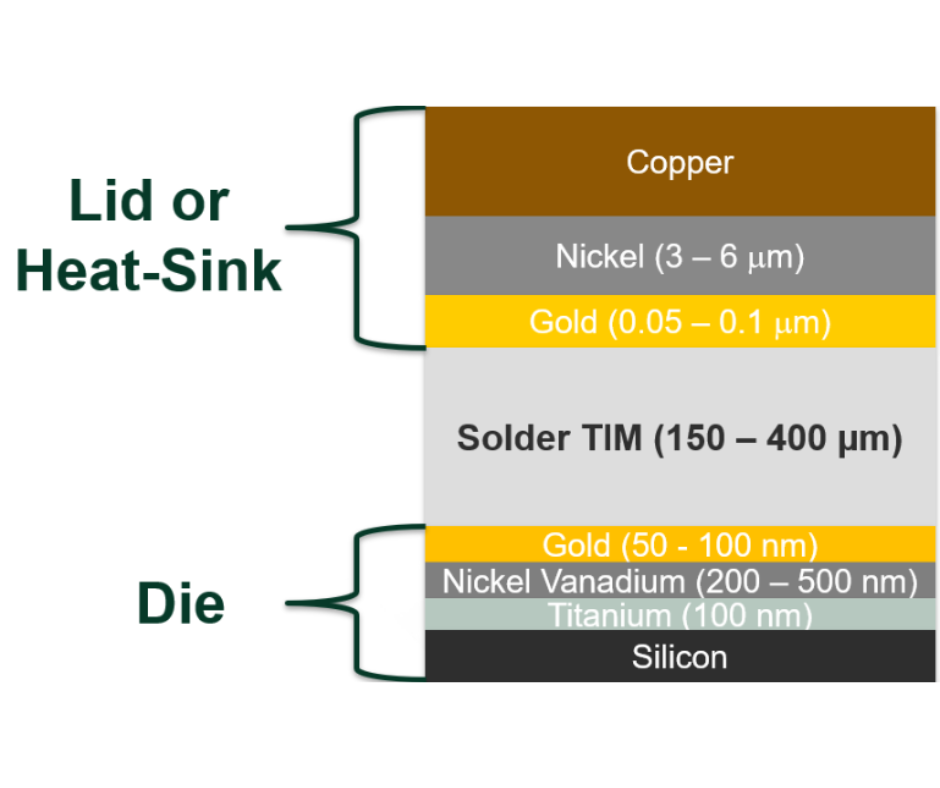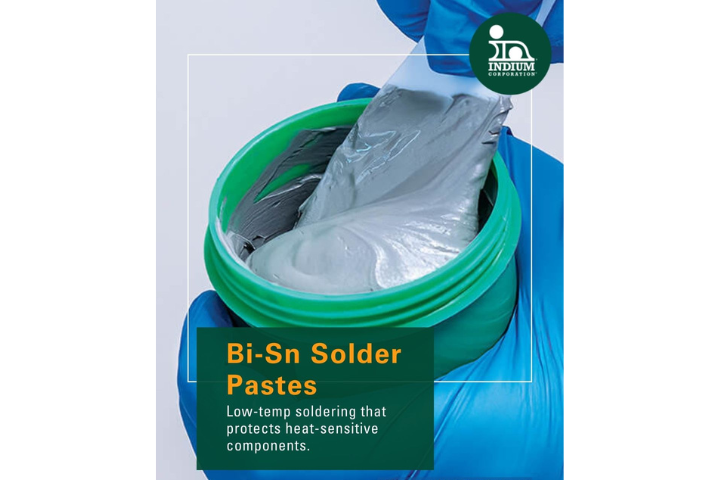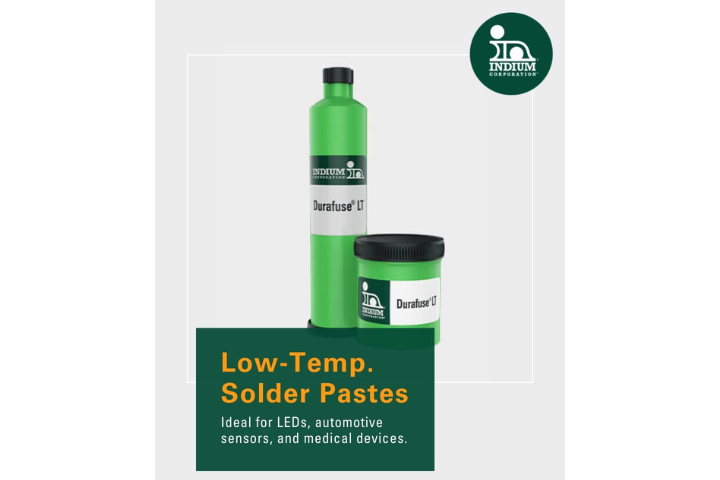The basis of his work is that solders that do not melt at 260C ( that is, solidus > 260C), and thus are theoretically able to allow components to passMSL level 1testing per JEDEC/IPCJ-STD-020D-.01, usually have a variety of drawbacks. These include cost, sensitivity to oxidation,poor wetting, and excessively high required reflow temperatures. Forsome engineers, gold/tin (the eutectic 80Au/20Sn alloy or 79Au/21Sn) with its high melting point (eutectic m.p = 280C) and excellent thermal conductivity remains the only possible solution, but the rising cost of gold is driving many to seek viable alternatives.
Dr Lee's team's innovation isa mixed-solder approach called BiAgX®,which uses one of the solder componentsto melt and form an intermetallic with the substrate surface, which is then itself wetted by the majority alloy component of the paste.
The most dramatic evidence of BiAgX®'s improvement in wetting/solderability over the standard 89%Bi/11%Ag alloy is seen in photographs (right) of reflow onto oxidized bare copper and alloy 42.
There are also dramatic improvements in thermal cycling over the standard Indalloy 151 (92.5Pb/5Sn/2.5Ag)and 171 (95Pb/5Sn), too, and I look forward to discussing this further with the team.I recommend you watchDr Lee's presentation or read his paper to learn more.
Please note, as always, that the metal percentages reported in the above are all based on weight (%w/w), not on molar units.
Cheers! Andy



